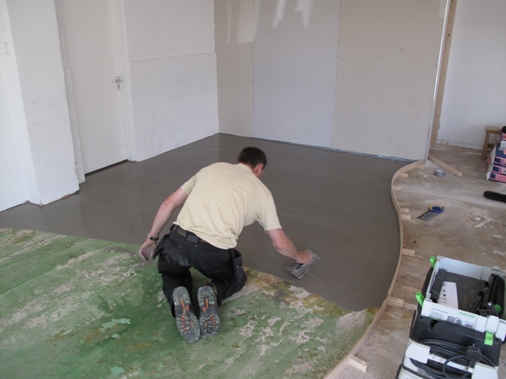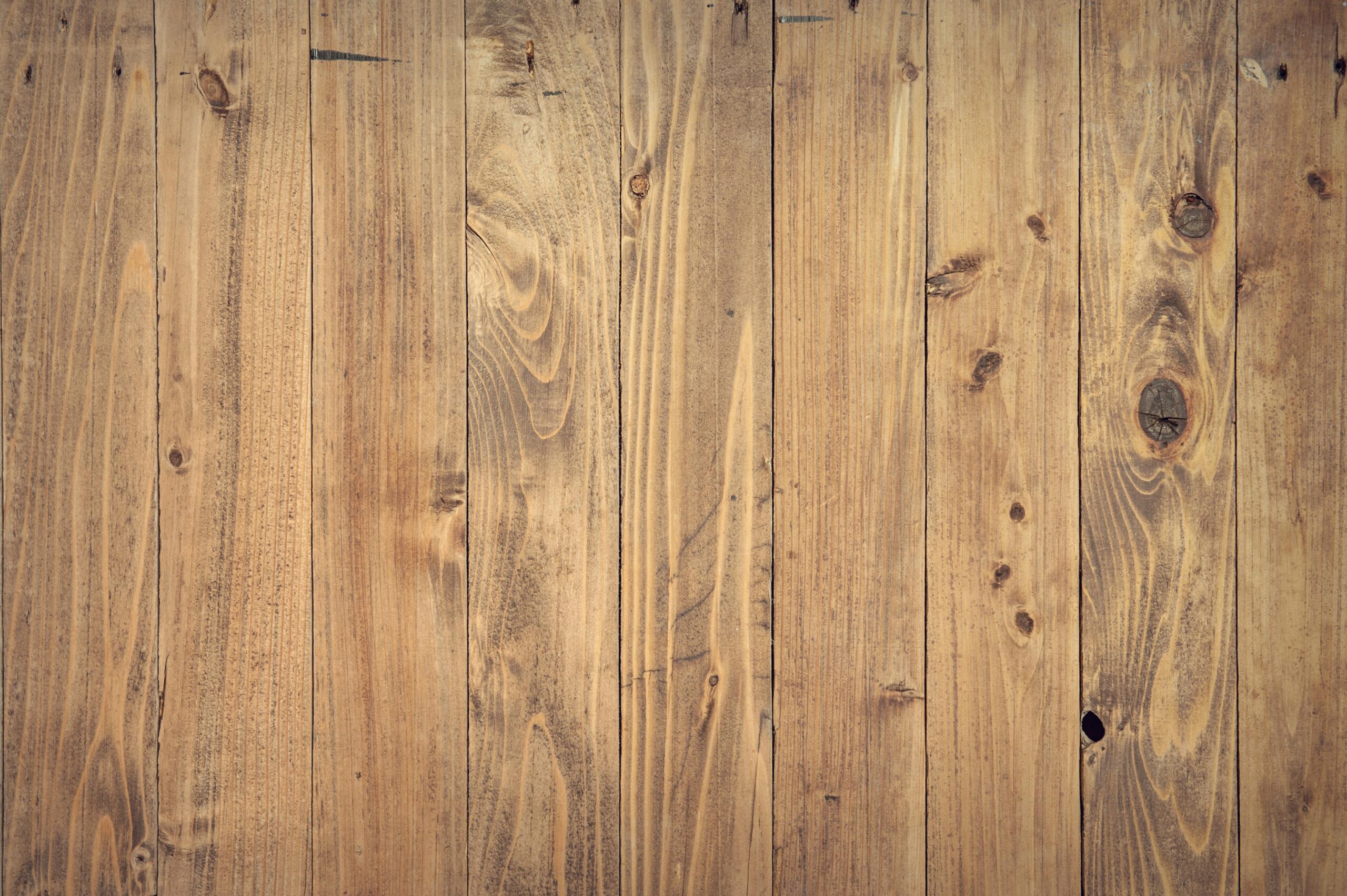Preparing the Subfloor for Hardwood Floors

The key to having great hardwood floors is preparing the subfloor for your hardwood floors; without doing this, you may start hearing strange sounds as your new hardwood floor is not resting well on the subfloor.
Are you wondering what you need to do in order to flatten out your hardwood subfloor? You noticed low and high spots on different parts of your floor area, particularly where the plywood sheets make contact. During the initial framing, may be a couple of the floor joists were not straight. This could lead to a few lumps in the final subfloor itself. You will need to correct this immediately, in order to avoid a see-saw effect in your house. Any empty spaces under your hardwood floor may also likely cause eerie squeaks.

If you presently have serious dips in your hardwood flooring, you may need to remove the subfloor and place your attention on the joists. But in a few cases with serious dips in a couple of areas, a variety of thickness of plywood can be fastened into the valleys in order create a sort of bridge. For instance, if you have an area room that slopes one inch; you should think about installing strips of plywood in affected areas so it tapers back to the level of the rest of the hardwood flooring.
If you begin to hear a squeaky sound before your hardwood flooring is installed, make sure that you take care of it before it is too late. Most times, plywood will loosen from your floor’s joists over a period of time – just ensure that they are snug. Use decking screws in order to keep the two joined tightly.
Tips for Preparing the Subfloor for Hardwood Floors
As mentioned earlier, before you install your hardwood floor, you will need to prepare/prep the subfloor. Subfloor is like is a raised area or platform which serves as a foundation for your finished wood flooring. An irregular or uneven subfloor can make your floor installing process very difficult. First smoothen out irregular areas in your subfloor and this will make the whole hardwood installing process a whole lot easier.
The process you choose to use in order to even out your subfloor will actually depend on your kind of subfloor.
For instance, if your subfloor is made using wood, simply use a floor edge to level them. You can purchase this at a hardware shop in your locality. You can level off the plywood using a latex floor leveler for low areas, orbit sanders can be employed for high areas. A levelling compound and concrete grinder can be used to level concrete subfloors.

To check your subfloor’s flatness, simply place a long and straight piece of stick across the hardwood flooring – doing this will help you differentiate any dips in your subfloor. Use a pencil to mark out every problem areas so you will be aware of the area(s) to address. Dust is also a typical result of uneven subfloors; so prior to starting, ensure that you cover all your cabinets and other house furniture.
If preparing the subfloor for wood flooring is pretty hard for you, then you should consider hiring an expert to do it for you. Experienced and highly skilled hardwood floor installers will view transitions with a well trained eye. This is because floors are the most visible in the house and there is nothing worse than a really great floor installation but failure to successfully address problem areas.
